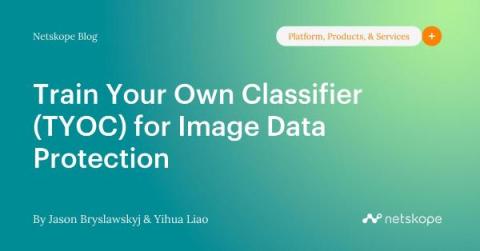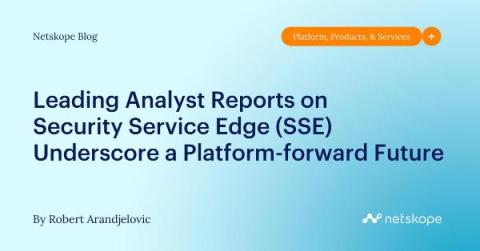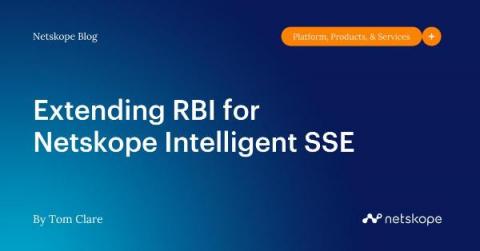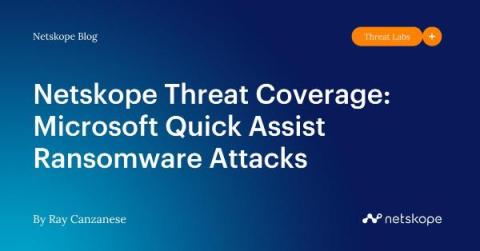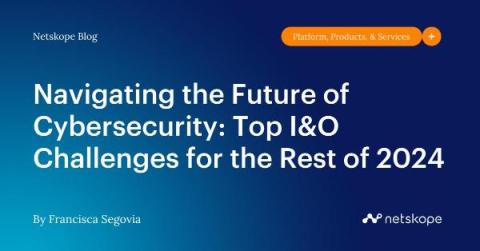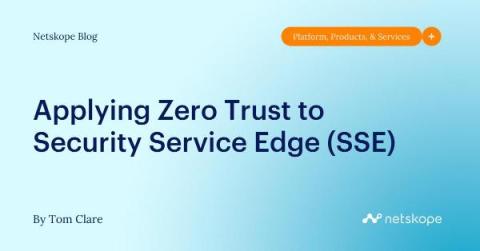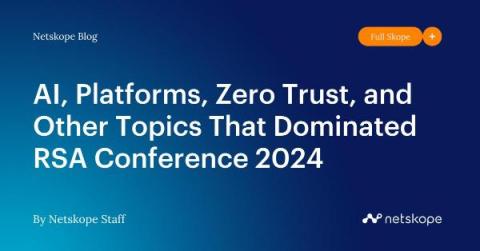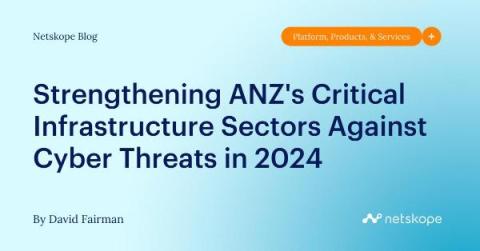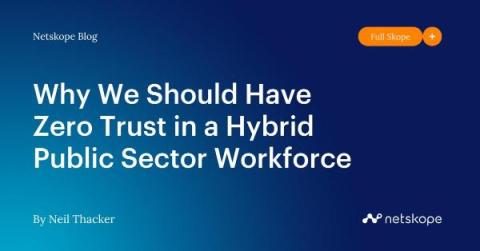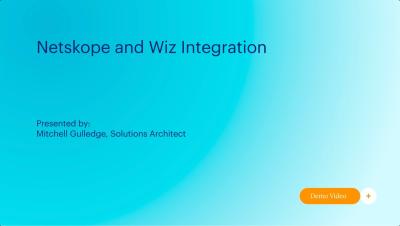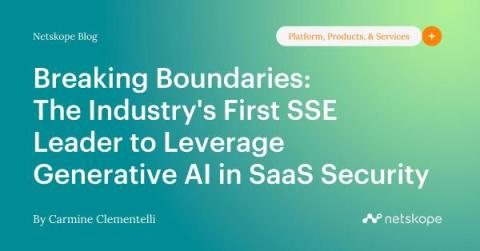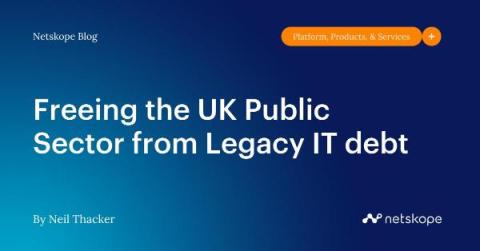Train Your Own Classifier (TYOC) for Image Data Protection
Machine learning-based data loss prevention (DLP) file classifiers provide a fast and effective way to identify sensitive data in real-time, empowering organizations with granular, real-time DLP policy controls. Netskope Advanced DLP offers a wide range of predefined file classifiers, such as passports, driver’s licenses, checks, payment cards, screenshots, source code, tax forms, and business agreements.


